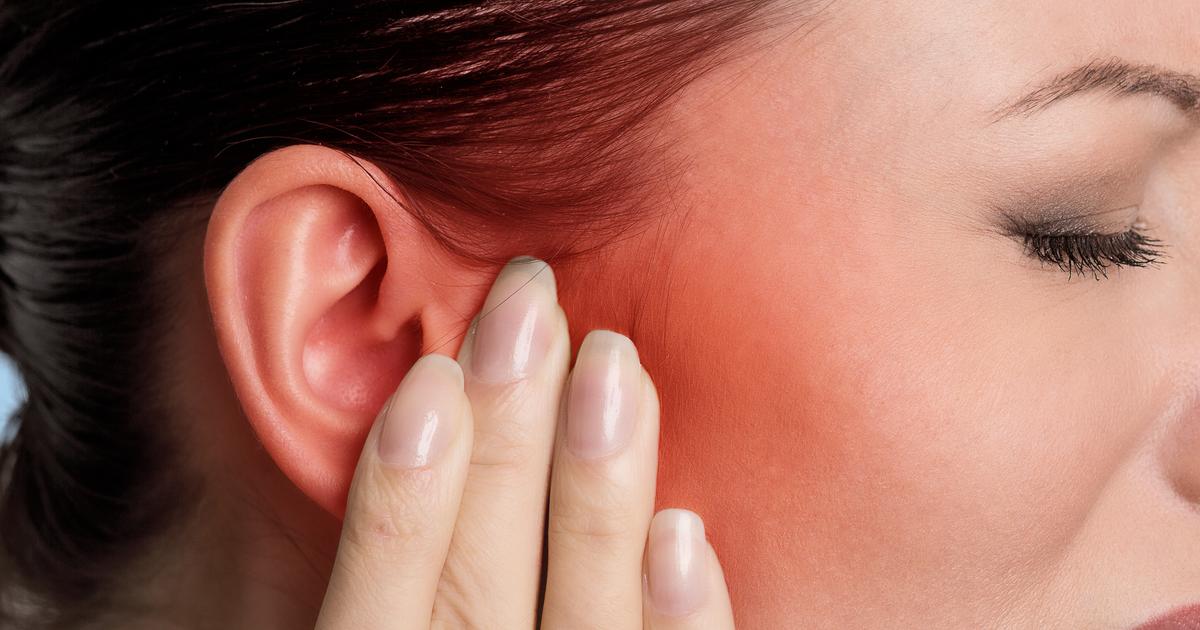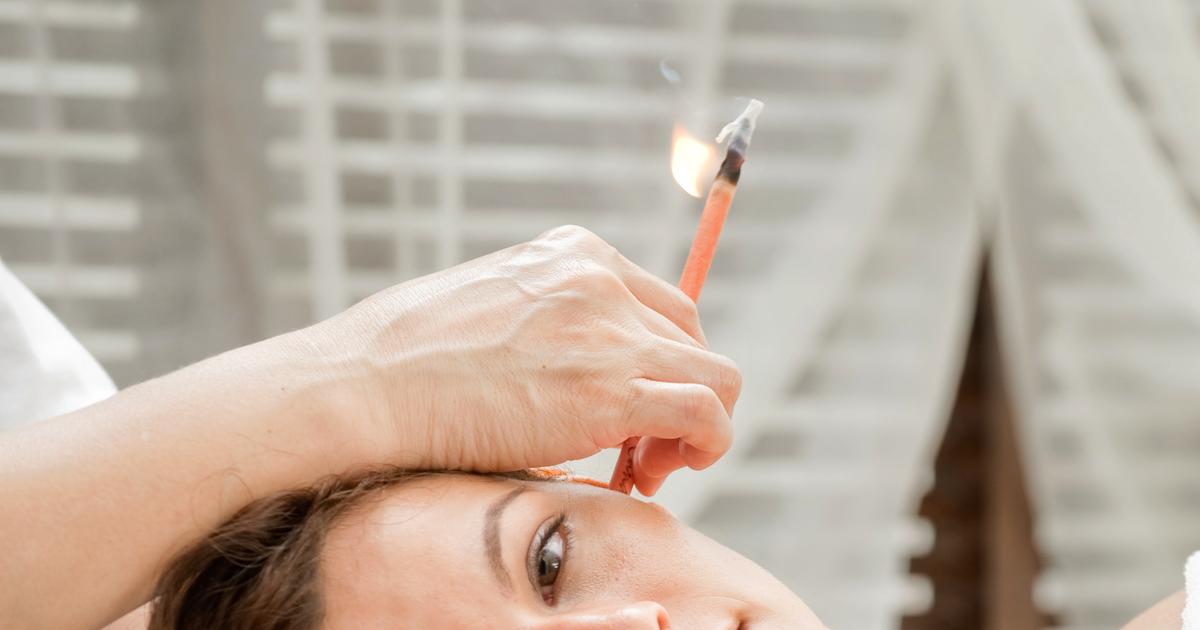Health Risks And Side Effects Of Ear Candling
Ear candling, also known as ear coning or thermal-auricular therapy, is a treatment often used in alternative medicine. Ear candles are approximately ten inches long and consist of a hollow fabric cone soaked in paraffin or wax. During an ear candling procedure, one end of the candle is lit, and the other end is placed into the patient's ear canal, remaining in place for fifteen minutes. While proponents of thermal-auricular therapy say the procedure softens earwax and pulls it out of the ear canal, no scientific studies have ever confirmed this. The practice is not approved by the Food and Drug Administration, and many types of ear candles have been blocked from being imported into the United States. Healthcare professionals note ear candling is a dangerous and ineffective method for the removal of earwax, and it could even make a patient's existing ear problems worse. Anyone who believes they may have an issue with their hearing or an accumulation of earwax should consider seeing their primary care doctor or an ear, nose, and throat specialist for a proper evaluation.
The side effects outlined below are just a few of those reported in connection to the use of ear candling.
Burning The Face Or Ear

Burning the face or ear could occur as a result of the open flame and the wax involved in thermal-auricular therapy. During the procedure, the candle has to be held in place by a friend or practitioner while the patient lies on their side. If the practitioner's hand slips, the flame from the candle could start a fire and ignite bedding or other materials near the patient. The flame might also make direct contact with the patient's ear or face, which could result in severe burns. In addition, melting wax from the candle could drip onto the patient's face or ear, also resulting in burns. Burns can occur in the outer and inner ear, as well as the eardrum. The ear candling procedure should be stopped immediately if burns occur. For burns involving the ear, patients should make an urgent appointment with an ear, nose, and throat specialist. Burns to the face may necessitate treatment in an urgent care center or the emergency room.
Uncover more potential risks associated with ear candling now.
Blocking The Eardrum With Candlewax

Blocking the eardrum with candlewax is one of the most frequently observed risks linked to ear candling. As the candle melts, the wax may clog the ear canal, and this could cause damage to the eardrum and inner ear. Patients who have candle wax blocking their ear canal typically experience hearing loss on the affected side, and they may also have a coating of ash on the eardrum itself. Even very small amounts of candle wax are known to cause blockages if they drip into the ear canal. Patients may not realize this has occurred until they notice hearing problems, pain, or a sensation of fullness in the ears a few days later. Although earwax can sometimes be removed through an ear syringing procedure carried out by a primary care physician, accumulations of candle wax inside the ear cannot be removed in this way. Instead, these types of blockages must be removed with specialized equipment, normally in an emergency room or an ear specialist's office.
Learn more about the major side effects of ear candling now.
